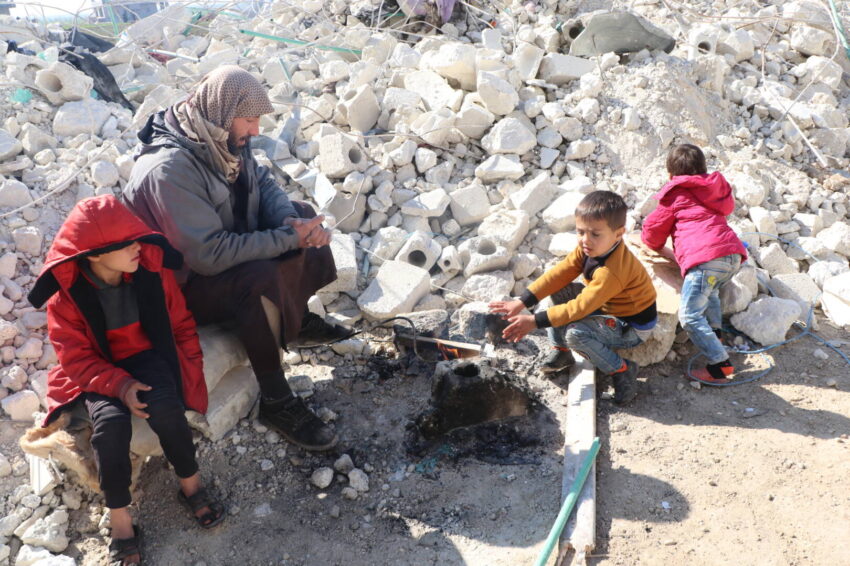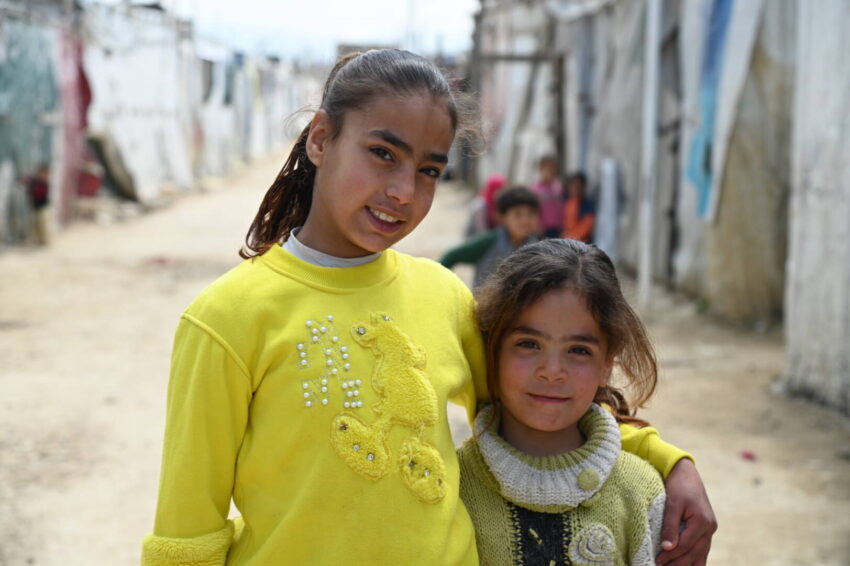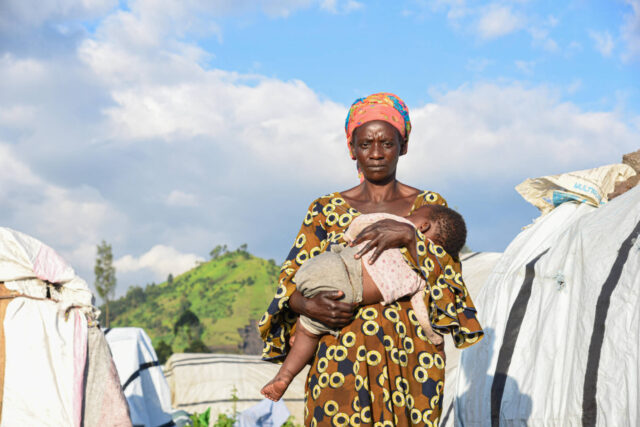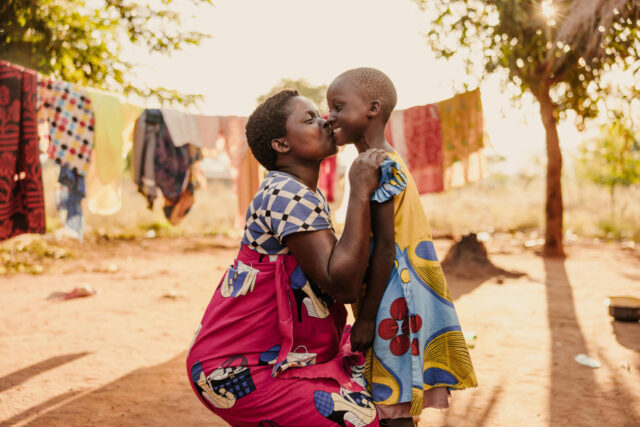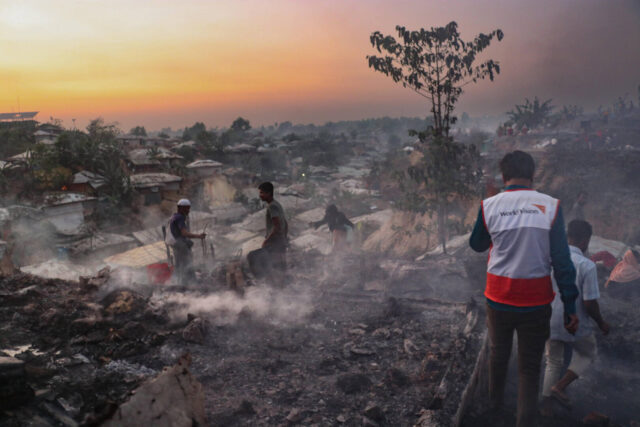Since the spring of 2011, the children of Syria have faced an unrelenting series of crises — enduring hostilities, widespread displacement, public health emergencies, and, most recently, a destructive earthquake on February 6, 2023.
Adding to the complexity of these challenges is a deepening hunger crisis, marked by widespread stunting (which occurs when children are dangerously malnourished), an increase in acute malnutrition, and alarming levels of anemia among children and young women. The severity of the issue is dire, with approximately 5.9 million people, including 3.75 million children and 2.1 million women, needing urgent nutritional assistance as of 2023.
Syrian refugee crisis: Facts, FAQs, and how to help
-
- Fast facts: Syrian refugee crisis
- How has the 2023 earthquake affected the Syrian refugee crisis?
- How has the ongoing conflict in Syria affected the country today?
- What is the Syrian refugee crisis?
- Where do Syrian refugees live?
- How has the Syrian conflict affected the children of Syria?
- What is World Vision doing to help Syrians impacted by the crisis?
- How long has World Vision worked in the Middle East?
- How can I help vulnerable Syrian children and their families?
Fast facts: Syrian refugee crisis
- In 2024, an estimated 16.7 million people in Syria are assessed to need humanitarian aid, marking a 9% increase from the previous year, according to U.N. agencies.
- Nearly 7 million children need humanitarian assistance in Syria, as reported by the U.N. Children’s Fund (UNICEF), as of 2023.
- Within Syria, 6.8 million people are displaced — the largest number worldwide and the highest since the conflict’s start.
- Neighboring Turkey (officially the Republic of Türkiye) hosts the largest refugee population by a single country worldwide, with over 3.7 million refugees.
- Approximately 2 million Syrian refugee children are out of school, and an additional 1.6 million are at risk of dropping out.
- A 7.8 magnitude earthquake on February 6, 2023, and its aftershocks devastated northwest Syria and southeast Turkey, resulting in thousands of casualties and displacing hundreds of thousands of people.
- The conflict in Syria began as a forceful crackdown on peaceful student protests against the Syrian government on March 15, 2011, escalating into full-scale violence.
How has the 2023 earthquake affected the Syrian refugee crisis?
The February 6, 2023, earthquake and aftershocks that struck areas of southern Turkey and northwest Syria compounded the challenges faced by the vulnerable population displaced by the ongoing conflict. In the aftermath of the disaster, communities in northwest Syria continue to struggle with displacement, elevated hunger levels and malnutrition, and limited access to healthcare and educational support.
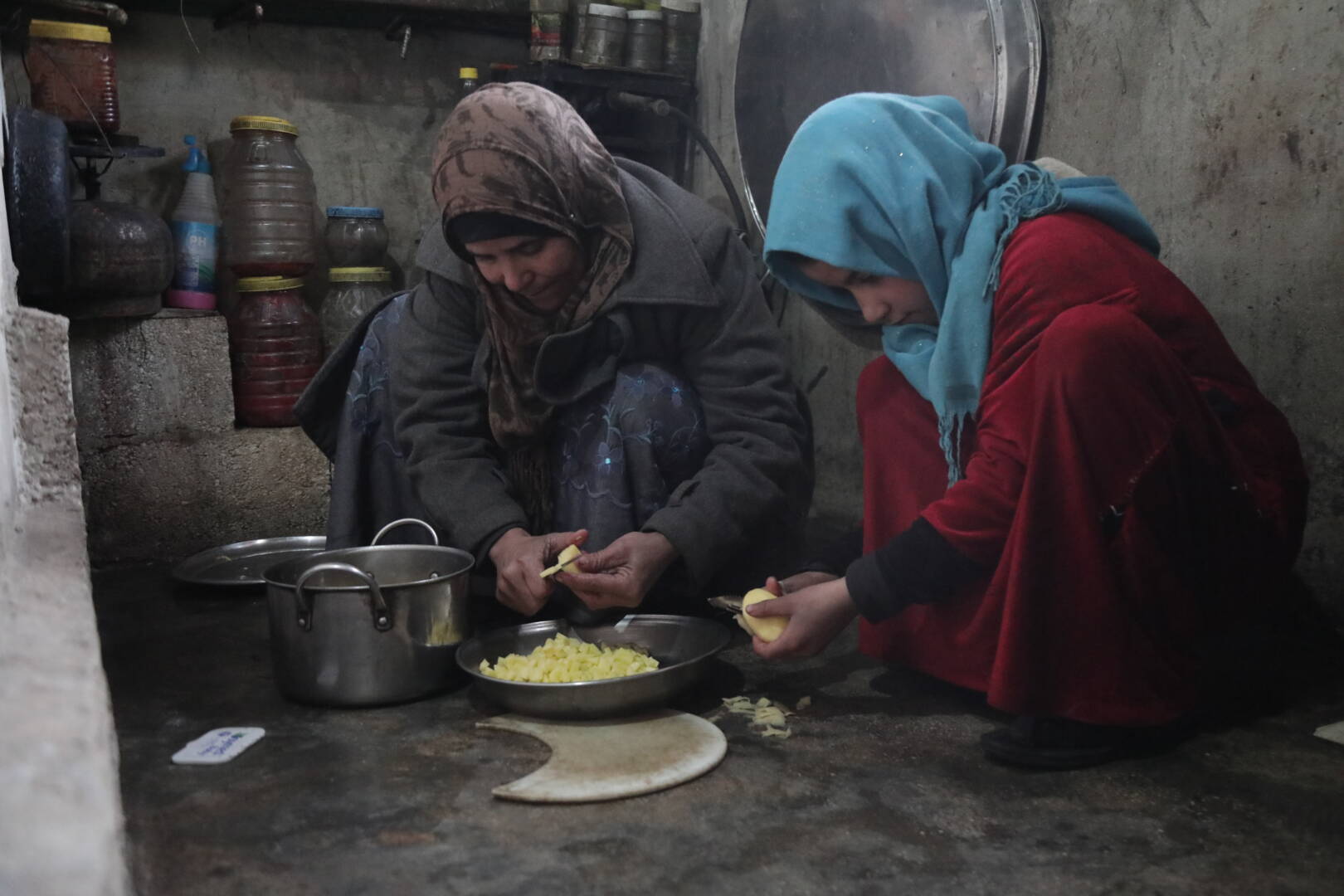
How has the ongoing war in Syria affected the country today?
The continuation of the war, spanning more than a decade, has devastated the country and its people, with far-reaching consequences that impact the nation today:
- Loss of life: The conflict has resulted in the deaths of hundreds of thousands, including civilians and the fighting factions.
- Destroyed infrastructure: Ongoing conflict has significantly damaged the nation’s roads, bridges, schools, hospitals, and homes. People can’t access essential services due to the widespread devastation.
- Economic impact: With many businesses and industries damaged or disrupted, the nation has experienced high unemployment and widespread poverty.
- Displacement: Millions of Syrians have been displaced from their communities, with 5.5 million refugees living in neighboring countries. The widespread displacement has led to a humanitarian crisis, with many people struggling to access life-saving essentials like food, water, and healthcare.
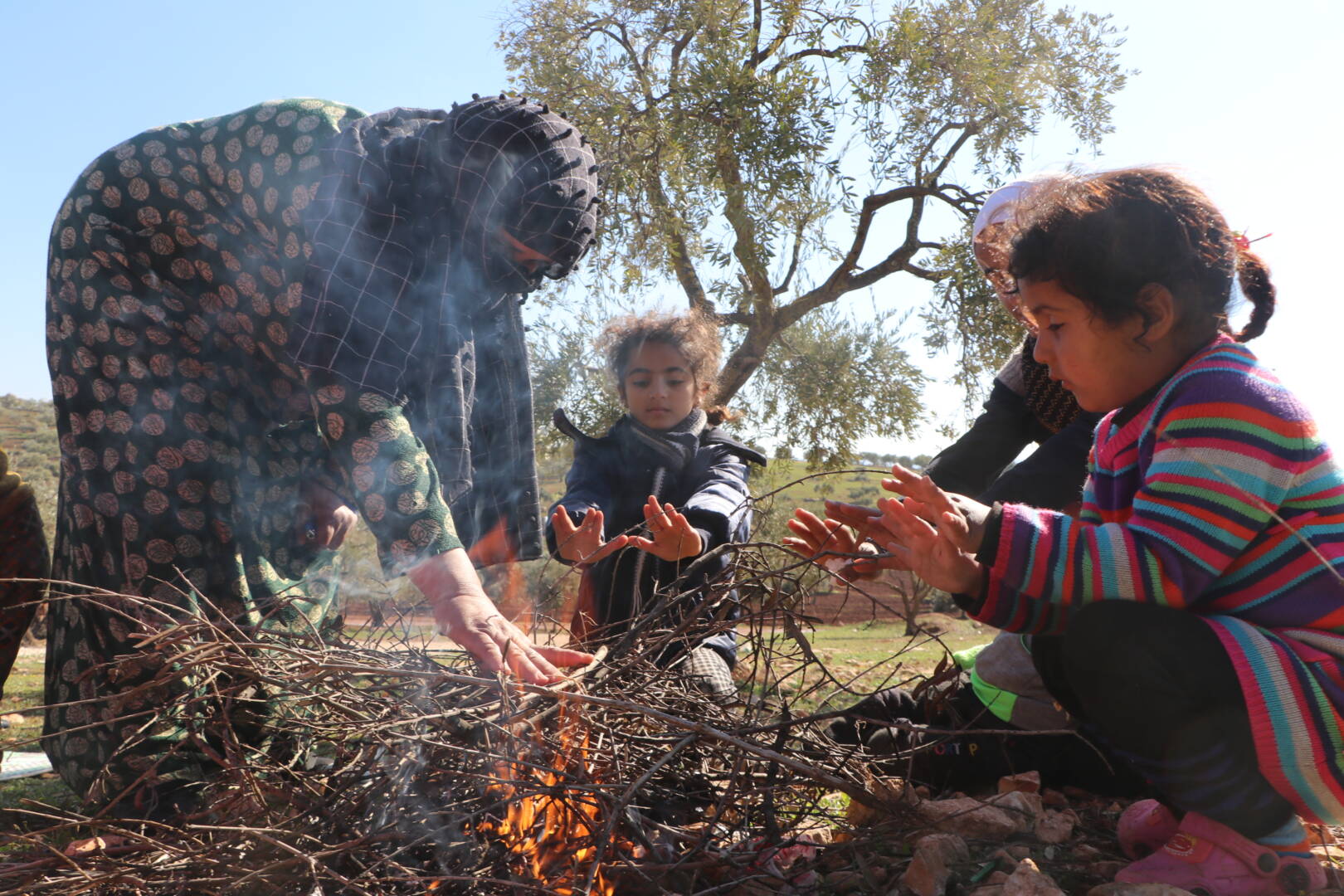
What is the Syrian refugee crisis?
The ongoing conflict in Syria has triggered the largest refugee and displacement crisis of our time, affecting millions of people and extending its reach into surrounding countries.
- Mass displacement: Over half of Syria’s population is displaced due to the continuation of hostilities, with an estimated 16.7 million people requiring emergency aid in 2024.
- Refugee and asylum-seeker statistics: Approximately 6.5 million are recognized as refugees and asylum-seekers. (Asylum-seekers are people who’ve applied for refugee status.) Another 6.8 million are displaced within Syria.
- Ongoing humanitarian efforts: The complexity of the crisis underscores the need for continued humanitarian efforts to tackle displacement, economic hardships, and food insecurity.
Where do Syrian refugees live?
Syrian refugees have sought asylum in more than 130 countries, with the majority residing in neighboring countries, according to the U.N. Refugee Agency (UNHCR). The following countries host significant Syrian refugee populations:
- Turkey — Turkey alone hosts the largest population, with 3.6 million Syrians living there.
- Lebanon — More than 1.5 million Syrian refugees, approximately 20% of all Syrian refugees, live in Lebanon. Many reside in informal tent settlements and face challenges in affording basic necessities.
- Jordan — More than 673,000 Syrian refugees are in Jordan. Some 120,000 people live in the Za’atari and Azraq refugee camps.
- Iraq — Iraq hosts some 270,000 Syrian refugees, mostly in the Kurdistan region in the north, where integration into communities has strained local services.
- Egypt — More than 150,000 Syrian refugees have sought safety in Egypt.
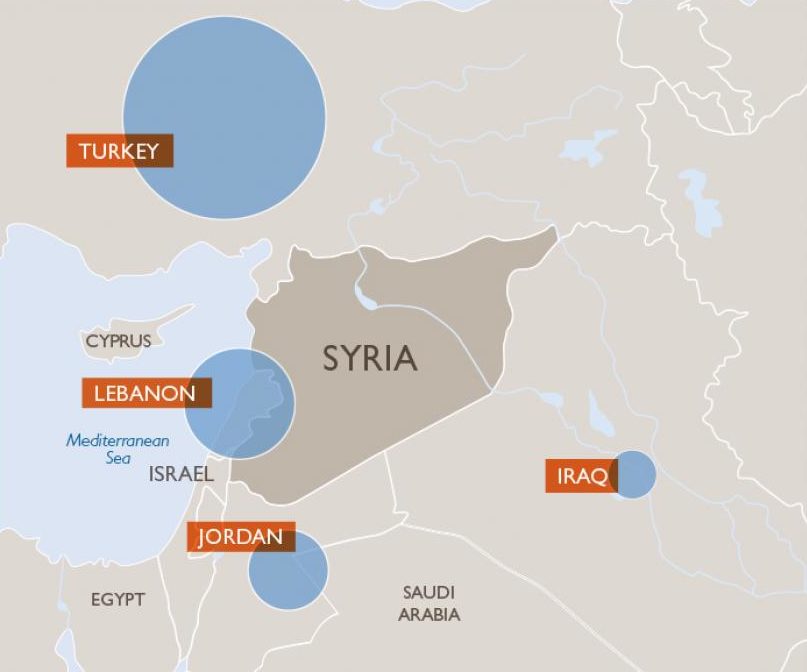
How has the Syrian conflict affected the children of Syria?
The war has had a devastating impact on the children of Syria. According to UNICEF, approximately 7 million children in Syria urgently need aid, with millions forced to flee their homes as refugees. Many Syrian children have never known a time without war. Here’s how the war is affecting Syrian children today.
-
- Displacement: The conflict has forced millions of children to flee their homes. They live in makeshift camps, overcrowded shelters, or streets, often without access to basic necessities like food, water, and medical care.
- Diseases and malnutrition: Children are susceptible to ailments brought on by poor sanitation and hygiene, including diarrheal diseases like cholera. They may miss vaccinations and regular health checkups, especially in cut-off areas. In poor housing, cold weather increases the risk of pneumonia and other respiratory infections. Lack of access to healthy foods weakens them further.
- Education: The conflict has disrupted the education system in Syria, with many schools destroyed or closed. As a result, 2 million children have been unable to attend school, and many have fallen behind in their education.
- Child marriage and abuse: Syrian children are more vulnerable to sexual abuse and exploitation in the unfamiliar and overcrowded conditions in refugee camps and informal tent settlements. Families desperate for income may be more prone to arrange marriages for their young daughters in exchange for dowries.
- Child labor: With their families struggling to make ends meet, many children have been forced to work in dangerous and exploitative conditions to help support their families.
- Recruitment of child soldiers: Both government forces and armed groups have been known to recruit children to fight in the conflict, putting them in harm’s way and robbing them of their childhood.
- Psychological toll: The ongoing violence and displacement have taken a severe toll on the mental health of Syrian children. Many have experienced trauma, anxiety, and depression and have little access to mental health services.
What is World Vision doing to help Syrians impacted by the crisis?
In 2023, World Vision reached over 2.8 million people, prioritizing the well-being of children and families impacted by the ongoing crisis. After the February 6, 2023, earthquake, we launched more than 50 projects in partnership with local organizations, supporting nearly 1.8 million people. Our earthquake response programs covered a range of critical areas, including child protection; water, sanitation, and hygiene (WASH); livelihoods; health; nutrition; education; and more. Some key highlights include:
- In Turkey, our child protection programming, called LIFT (Life in Fullness Together), combines psychosocial support, education, and child protection services to promote child well-being.
- Initiatives like Channels of Hope and Celebrating Families in Jordan and Syria work with communities of faith to target the root causes of violence.
- Critical WASH interventions were implemented, including responses to the 2022 cholera outbreak and the 2023 earthquake.
- Technical training, cash-for-work programs, and a cash and voucher program are helping foster family and community resilience.
- Health and nutrition services, especially in northwest Syria and northeast Syria, are expanding with programs covering health initiatives, nutrition programs, and health education.
World Vision remains committed to strengthening community resilience and adaptability to help ensure a sustained positive impact amid ongoing challenges.
How long has World Vision served in the Middle East?
World Vision has served in the Middle East region for nearly four decades. We’re dedicated to improving the lives of children, families, and the communities where they live through long-term sustainable development and responding to disasters and crises.
How can I help vulnerable Syrian children and their families?
You can help Syrian refugees by praying for them, using your gifts to support them, and learning more facts about the Syrian refugee crisis.
- Pray: Join us in lifting up the needs of Syrian families caught in the ongoing conflict, refugee children, and our sustained humanitarian response.
- Give: Become a vital partner in equipping refugee children and families to survive, recover, and rebuild.
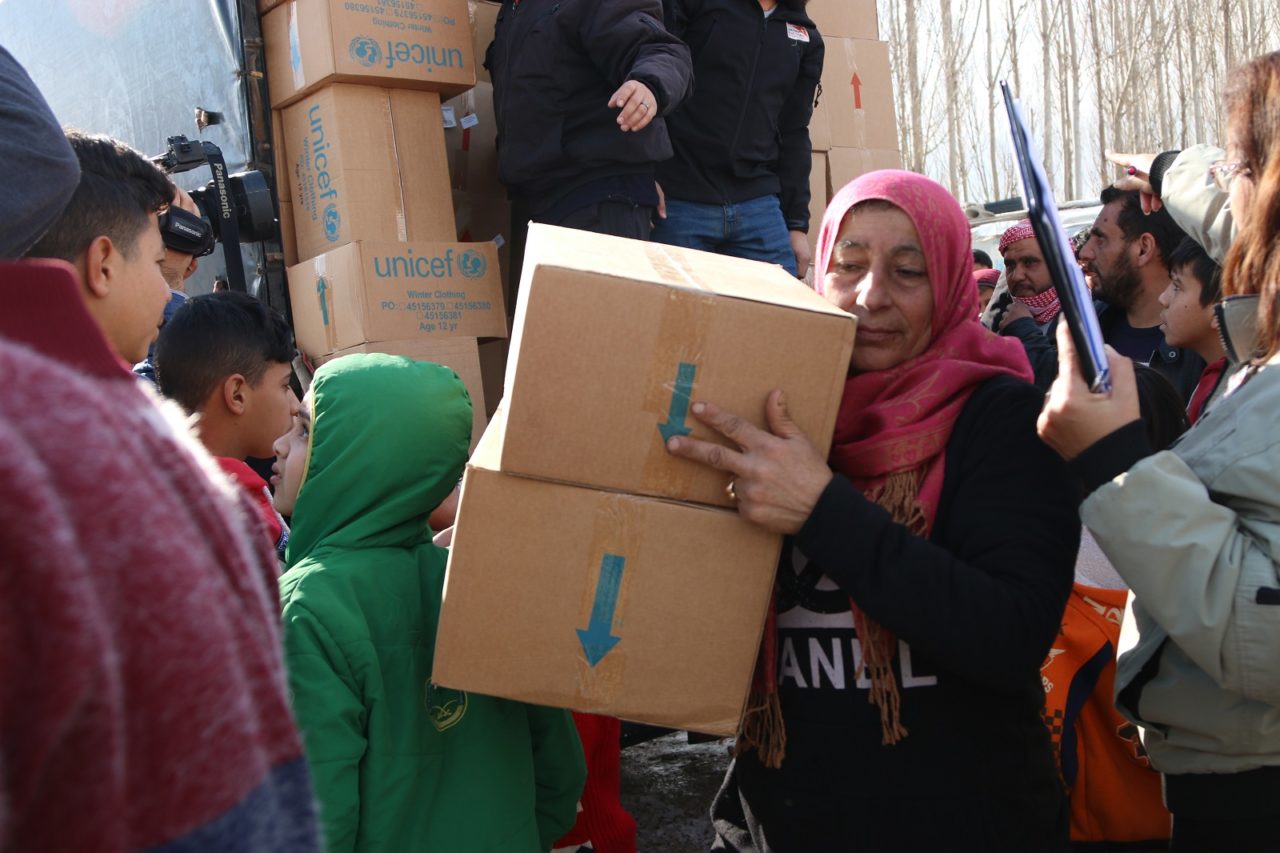
Sevil Omer and Chris Huber of World Vision’s U.S. staff and World Vision staff in Lebanon and Jordan contributed to this article.
